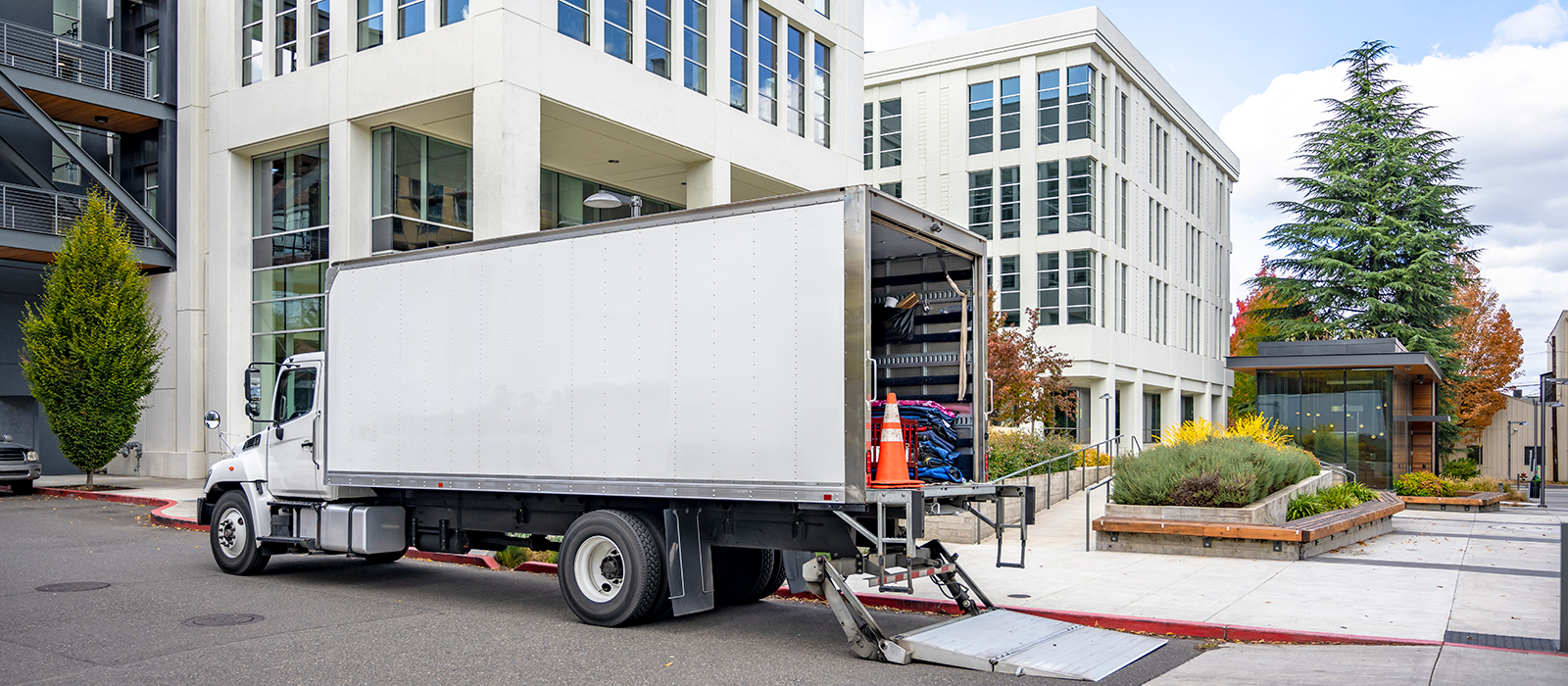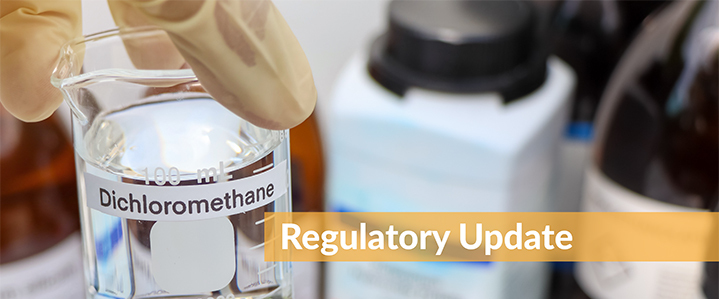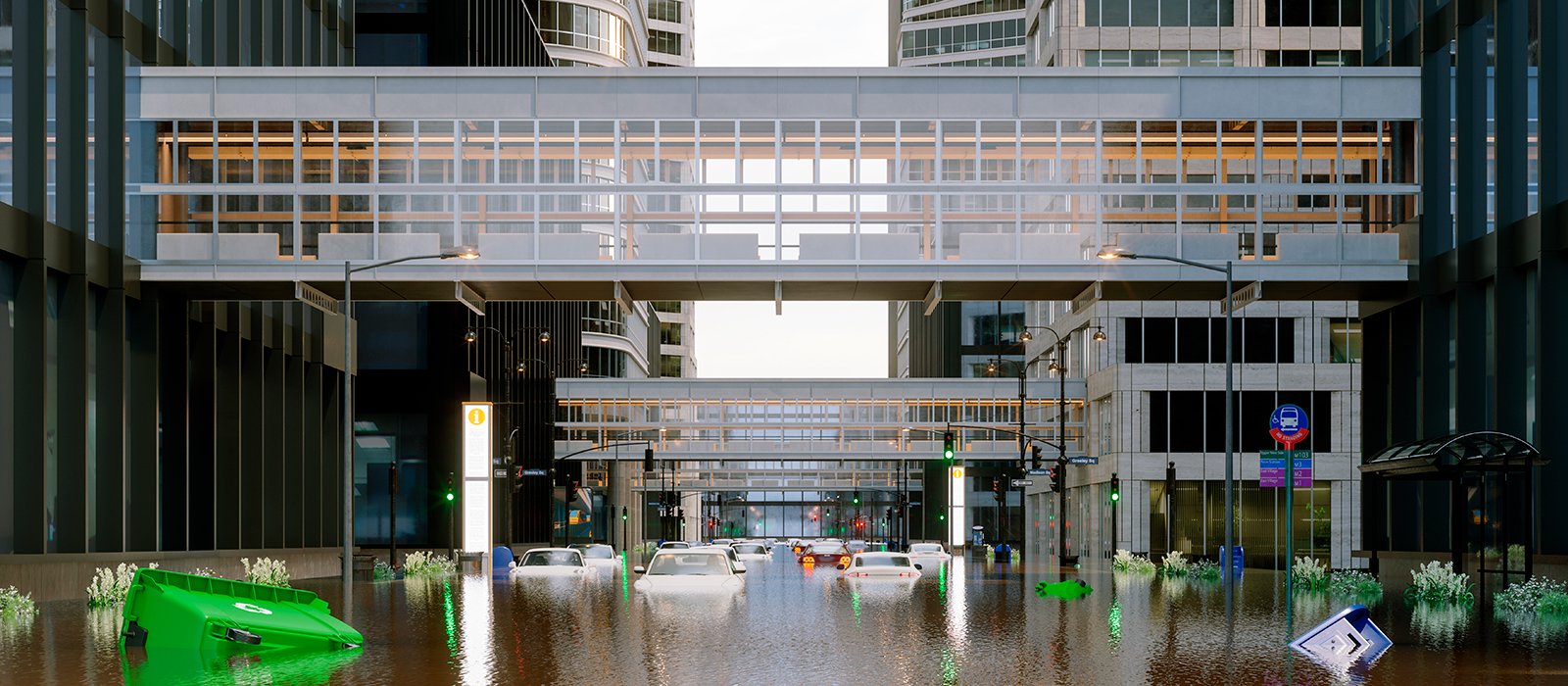Navigating Higher Ed Lab Relocations: A Framework to Planning, Logistics and Risk Reduction

Key Highlights
- Early Planning Is Critical to Success
Successful lab relocations begin with thorough early-stage planning. Assembling a multidisciplinary move team—including Environmental Health & Safety, facilities, Informational Technology, faculty, and vendors—well in advance helps define scope, align stakeholders, and secure funding and resources, reducing delays and ensuring operational continuity. - Getting the Asset Inventory Right is Essential to Risk Reduction
Detailed asset classification—including equipment, hazardous materials, and biological samples—is essential to minimize risk, ensure proper handling, and maintain compliance. Accurate inventory management streamlines logistics and avoids costly mistakes. - Logistics, Safety, and Regulatory Readiness Are Non-Negotiable
Each lab move must comply with a web of federal, state, and local regulations. From hazardous material transport to EH&S decontamination and lab commissioning, each phase requires careful coordination to ensure a safe, regulatory-compliant transition.
Laboratory relocations are a frequent necessity in higher education, triggered by building renovations, faculty moves, lab closures, or the launch of new facilities. But while common, each relocation is a high-stakes, resource-intensive endeavor—demanding meticulous planning and expert execution, whether it’s a cross-campus shift or an interstate move.
A successful transition depends on the experts who oversee the process to ensure minimal disruption to the research. These highly complex moves rely on proper execution as they often involve hazardous materials, delicate instruments, regulatory requirements, and other sensitive hazardous materials that must be handled with extreme care. A single oversight can lead to costly delays, non-compliance, loss of valuable research specimens, or even serious safety incidents such as chemical spills that can cause injuries.
Unlike commercial biotech moves, higher-education lab relocations often are faculty-led and conducted in a decentralized manner. Smaller colleges and universities commonly lack dedicated environmental health and safety (EH&S) staff and have various departments multi-tasking, which may lead to a struggle with getting a handle on the large list of items that must be done, obtaining the appropriate resources to support the move, and dealing with challenging logistics.
Whether you’re renovating existing facilities, closing a lab, or expanding into new research space, every relocation demands a clear, step-by-step strategy. Skipping any phase risks delays, safety issues, or operational downtime—making thorough planning essential.
Here are four phases of a lab relocation process to minimize risks.
Phase 1. Initial Planning & Coordination
Considered the most important part of a lab move because it sets the foundation for everything that follows. Strong planning up front will minimize disruption and allow lab operations to resume quickly and efficiently. The idea is to start early, involve the right people, and plan intentionally.
A lab-move team is formed during the initial planning stage to ensure all key stakeholders are engaged from the outset. This team typically includes faculty members, researchers, EH&S personnel, facilities managers, IT staff, and administrative leaders. In addition, appropriate external contractors, such as professional movers, hazardous-materials transporters, and waste-disposal specialists, should be brought in early to provide critical logistical input to ensure everyone is aligned at the start of the process.
Early collaboration helps align all parties and establish a clear scope for the move, which is essential for setting an accurate budget and securing funding for services such as moving logistics, new equipment purchases, regulatory compliance, and necessary infrastructure upgrades.
We recommend starting meetings with key representatives as early as possible. For large moves such as a whole department or building, we recommend starting the process at least one year prior to the move and assigning a project manager to develop and oversee the timeline and process, which includes managing periodic meetings to ensure smooth transition through the various phases.
Phase 2. Lab Equipment, Hazardous Materials Management, Asset Classification
A comprehensive audit of all lab assets, where materials are identified, segregated, and classified, should be done in the pre-moving stage, and the project team should establish a detailed inventory list. Getting inventory right is vital to minimizing many of the risks associated with a lab move.
Lab equipment, chemicals, bio samples should be itemized and cataloged in documents that can be shared with the lab-relocation project team. Technologies such as barcodes or RFID tags make it easier to track equipment throughout the relocation process. Chemicals and other hazardous substances should be listed, cataloged, and digitized in spreadsheets or inventory databases with safety data sheets to ensure proper handling and compliance with safety regulations.
Biological samples need to be identified, segregated, and classified. They should be evaluated by trained and experienced personnel to determine what needs to be moved, archived, or disposed of, and to identify any required transport permits. These samples, which require strict attention to preservation, safety, and compliance, are required to be maintained in proper cold-chain management and stored in certified transport containers such as dry shippers, portable freezers, or refrigerated units.
This phase also is an opportunity to evaluate whether hazardous 
For teams with limited time or staff, hiring a qualified third-party consultant can significantly reduce the burden. A consultant can perform a full audit, update inventory records, and work within your existing systems—whether you’re using spreadsheets or an inventory management platform. Their expertise ensures your asset list is complete, accurate, and compliant, reducing the risk of oversight and streamlining the relocation process.
Phase 3. Regulatory & Safety Compliance
Lab relocations including decommissioning, commissioning, and set-ups must comply with a complex web of regulations. Colleges and universities conduct research across a wide range of fields, many of which fall under strict oversight from agencies such as the USDA, CDC, NIH, OSHA, EPA, DOT, and various state and local authorities, including fire and health departments. Navigating these requirements also requires careful coordination with institutional committees, such as your Institutional Biosafety Committee (IBC), to ensure full compliance throughout the process.
The following hazardous materials and equipment regulated by federal, and may be regulated by state and local agencies, must be inventoried as part of the lab relocation.
- Biological materials (such as select agents and toxins)
- Chemicals
- Controlled substances
- Grant-related data, materials and equipment
- Radioactive equipment and materials
Having EH&S team members with regulatory expertise is critical. They can evaluate lab operations, advise on compliance requirements, and help avoid costly delays or safety issues. Experienced personnel can also guide your team through permitting processes, helping secure any required applications or inspections in time for a smooth transition.
Note that laboratorians are often not authorized to move certain items—such as chemicals or biological materials—using personal vehicles or public/campus transportation. Below is a list of commonly applicable regulations. Additional requirements may apply based on your institution’s location and research scope.
- NIH-funded research requires a Change of Grantee Institution, also known as a grant transfer.
- OSHA’s Hazard Communication Standard (29 CFR 1910.1200) (HazCom) stipulates proper labeling of chemical containers with HazCom labels. Chemical inventories and corresponding SDSs are updated and maintained, while employees working with chemicals must be trained on this standard.
- OSHA’s Laboratory Standard (29 CFR 1910.1450) requires a chemical hygiene plan should be followed for safety packing, labeling, and transporting of hazardous chemicals, spill response, and employee training.
- OSHA’s Bloodborne Pathogens Standard (29 CFR 1910.1030) requires biohazard labeling and containment systems, while moved materials need to follow the standards for disposal, spill containment, and employee training.
- DOT Hazardous Materials Regulations (49 CFR Chapter I): Pipeline and Hazardous Materials Safety Administration, Department of Transportation outlines the requirements for packaging, labeling, shipping, and completing the appropriate paperwork and proper waste disposal.
- International Air Transport Association Dangerous Goods Regulations (DGR) may also apply if shipping dangerous goods, which includes hazardous materials, via air (e.g., FedEx).
Phase 4. Logistics & Infrastructure Readiness
It is essential to ensure the new facility is prepared to support the research operations before the move begins. The opening and dismantling of labs mirror each other in structure and planning. Both require a detailed assessment of equipment, chemicals, materials and personnel needs. In both cases, coordination with facilities, EH&S, IT, vendors, and other interested stakeholders to manage utilities, equipment, and workflow timing. But the key difference is one that involves dismantling with a focus on safe decommissioning, often involving disposal, decontamination, and clearing out hazardous materials.
Existing Laboratory Decommissioning
The decommissioning process begins with the interested parties, such as IO, EH&S, Facilities and landlord/owner, agreeing to the “Acceptable Level of Risk” along with the decommissioning and decontamination criteria to prepare the remaining lab space for re-occupancy, whether it is for another lab or an office. The steps are detailed in ANSI Z9.11.
Decommissioning often involves confusion around responsibilities and proper procedures, especially during decontamination. (In this context decontamination is defined as removal of surface contamination, debris and staining, disinfection, and sterilization). Here are recommended responsibilities by role:
- EH&S: Identification of proper cleaning methods and cleaning agents.
- Laboratorians: Clean bench tops and equipment using soap and water or the proper disinfectant and proper method depending on the contaminant.
- Laboratorians or the Facilities Department: Hires contractors to further disinfect or sterilize equipment (e.g., biosafety cabinets, chemical fume hoods, ductwork)
- Facilities Department: Clean and polish the floors and wipe down bench tops.
New Laboratory Commissioning
Opening a new laboratory is about building readiness, configuring infrastructure properly, and validating systems. Essential utilities like electricity, gas, water, and ventilation systems must be operational and correctly matched to the equipment specifications. Also, network connectivity, environmental controls, and weight-bearing capacity must be checked to ensure compatibility with lab operations and heavy or sensitive instruments. As a result, lab commissioning is important step in the lab relocation process. Important items to consider are:
- Ensuring lab design meets the equipment and laboratorians requirements to conduct laboratory processes.
- Obtaining applicable regulatory permits, licenses, and registrations for environmental impacts (e.g., air emissions, waste), hazardous materials (e.g., rDNA, compressed gases, chemicals, controlled substances) and equipment using hazardous materials (e.g., X-ray equipment).
- Coordinating with manufacturer representatives and/or third parties to help validate equipment after it is moved to its new location to ensure proper function and operation.
- Ensuring engineering controls (e.g., chemical fume hoods, biosafety cabinets) are tested and certified prior to use by laboratorians.
- Setting up laboratory processes so the workflow minimizes the potential for spills and unnecessary exposures to hazardous materials.
- Storing chemicals in the appropriate chemical storage cabinets (e.g., acid, bases, flammables).
- Maintaining means of egress throughout the laboratory.
- Not blocking emergency equipment (e.g., fire extinguishers, sprinkler heads, beacons, exit signs) and emergency exits with storage.
- Setting up satellite accumulation areas for waste streams, which may be generated in the laboratory.
Guiding Your Laboratory Move from Start to Finish
Relocating a laboratory in an academic setting is a complex undertaking that goes far beyond simply moving equipment from point A to point B. It requires careful coordination across departments, strict regulatory adherence, and thoughtful execution at every stage. By following a structured, phased approach—from early planning and inventory management to regulatory compliance, logistics, decommissioning, and commissioning—you can minimize disruptions and ensure a safe, efficient transition. Whether you’re managing a small departmental move or a large-scale renovation, our team of experienced EH&S professionals can help guide the process, reduce risk, and ensure compliance every step of the way. Contact us to learn how EH&E can support your next lab relocation.
Subscribe
to our blog
"*" indicates required fields




